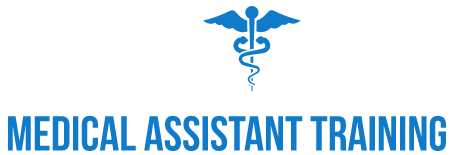Electrocardiography and Cardiopulmonary Training Course
Medical assistants should get a training on the topics of Electrocardiography and Cardiopulmonary as a part of their medical assisting training program.
Electrocardiography (ECG)
Electrocardiography (ECG) is a key medical equipment that is used to compute the exact rate and promptness of human heartbeats. In addition to this, ECG also calculates the exact size and location of the various heart chambers, the incidence of any specific injuries to the human heart and the impact of some medical devices (for instance, the pacemaker) or drugs that are used to normalize the heart beat and functioning. The majority of ECG’s is carried out for research or analytical purposes on human heart. However, they shall also be employed on some animals typically for the analysis of some irregularities in the heart or for some other research purposes. A medical assistant should be knowledgeable in the subject of Electrocardiography (ECG) as they will be employing this medical device on patients as a part of their everyday duties.
Cardiopulmonary
Medical assistants will be provided with detailed training on cardiopulmonary procedures, imperative signs and symptoms of the heart and lungs and also on the cardiopulmonary systems. The specific topics on cardiopulmonary will help the medical assistant students to gain essential knowledge on the topic of the entire Cardiopulmonary systems (the human circulatory and the human respiratory systems) together with:
- The functioning and structure of the human lungs and heart
- Various physical disorders, illnesses and sicknesses
- Medical terms and expressions
- Physiology and anatomy
- Diagnostic and analytical assessments
As a group, in the Electrocardiography and Cardiopulmonary courses, the medical assistant students will be learning about:
- The Electrical alleyway’s of the human heart muscles. This exclusive knowledge is provided in the training program for all medical assistance students in order to prepare them for administering ‘Electrocardiography’ (ECG) on patients and for taking down a ‘Twelve lead Electrocardiogram (ECG)’.
- The ‘Cardiopulmonary Recovery (CPR)’.
- Exact ways to employ and work with an ‘Automated External Defibrillator (AED)’.
- Ways to test out the crucial signs and to make a distinction between the standard values for grown-up patients and pediatrics.
